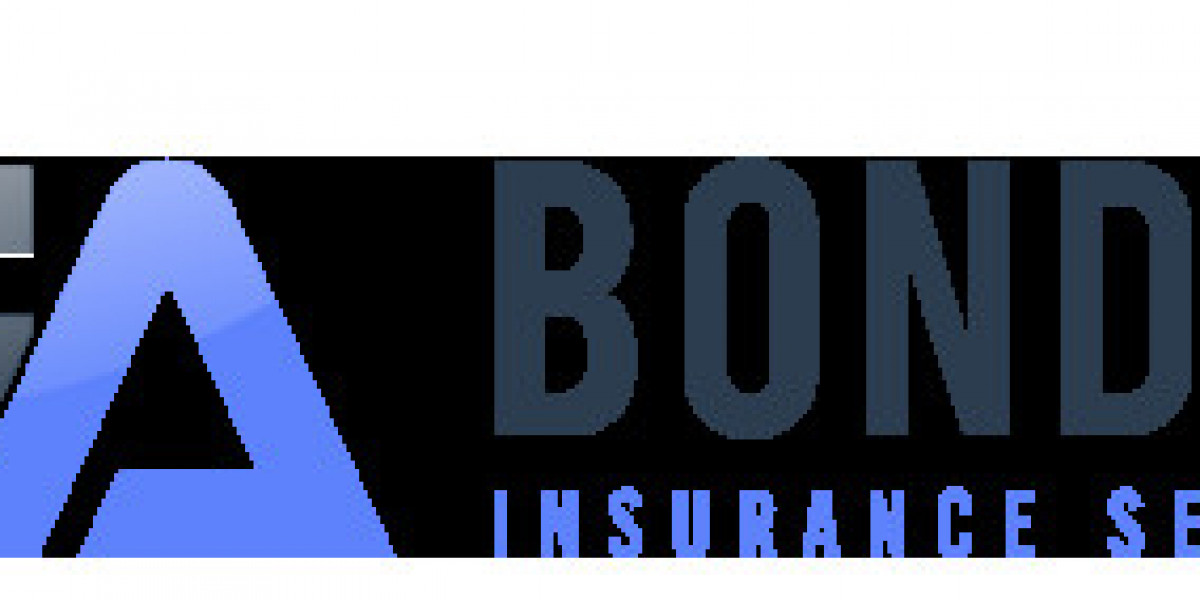What is a Declaration in Insurance?
The declaration (often called the declarations page ) is the front page or summary section of your insurance policy. It outlines the essential details of your coverage and acts as a quick reference guide. This section includes:
Your name and address (the insured)
The policy number
The coverage period
A list of the insured property or individuals
The premium amount
Deductibles
Policy limits
Every policy begins with a declaration because it sets the groundwork for what is and isn't covered. It's vital to review this page carefully to ensure all your personal details and coverages are listed correctly.
Understanding Coverages: What Are You Protected Against?
Coverages refer to the specific protections included in your insurance policy. These define the types of risks or losses the insurer agrees to compensate you for. The coverages you choose will determine what kinds of incidents are covered, how much the insurance company will pay, and what exclusions apply.
Here’s a breakdown of how coverages vary by insurance type:
1. Auto Insurance Coverages
Your auto insurance policy can include multiple coverages, such as:
Liability Coverage – Pays for damage or injuries you cause to others.
Collision Coverage – Covers damage to your own vehicle in an accident.
Comprehensive Coverage – Protects against theft, vandalism, weather damage, and more.
Personal Injury Protection – Pays medical expenses for you and your passengers.
Uninsured Motorist Coverage – Protects you if you’re hit by someone without insurance.
All of these coverages should be clearly listed on your policy’s declaration page, along with the coverage limits and deductibles.
2. Home Insurance Coverages
In a homeowner's policy, the coverages typically include:
Dwelling Coverage – Rebuilds or repairs your home after damage.
Other Structures Coverage – Covers garages, sheds, and fences.
Personal Property Coverage – Protects your belongings like electronics and furniture.
Liability Coverage – Covers legal expenses if someone is injured on your property.
Loss of Use Coverage – Pays for temporary living expenses if your home is uninhabitable.
Again, all these coverages are outlined in the declaration so you can quickly see the protection you have.
3. Health Insurance Coverages
In health insurance, coverages are the medical services your plan will pay for, which typically include:
Preventive Care
Doctor Visits
Prescription Drugs
Emergency Services
Hospital Stays
Mental Health Services
The declaration (or benefit summary) shows your copays, deductibles, and limits associated with these coverages.
Why the Declaration and Coverages Matter
Understanding the declaration and your policy's coverages gives you the confidence and knowledge to manage your insurance effectively. Here's why both are so important:
Clarity: The declaration provides a clear overview of your policy details, while the coverages explain what you're protected against.
Financial Protection : Adequate coverages ensure you won't be left with massive out-of-pocket expenses after an incident.
Policy Accuracy : Mistakes in the declaration or incorrect coverages can result in denied claims.
Comparison Tool : When comparing different policies, evaluating the declaration and coverages side by side helps you choose the best option.
Common Issues with Declarations and Coverages
Even though the declaration and coverages are straightforward, policyholders often make mistakes:
Overlooking the Declaration Page : People often ignore the declaration and miss errors like incorrect driver names, wrong addresses, or outdated property values.
Choosing Insufficient Coverages : Selecting minimal coverages to save money can lead to devastating financial losses.
Not Understanding Limits : Coverage limits are outlined in both the declaration and the policy body. Exceeding those limits means paying out of pocket.
Confusing Coverage Types : Not all coverages are standard; optional add-ons must be requested and listed in your declaration .
Final Thoughts:
Insurance doesn't have to be overwhelming. By carefully reviewing your declaration and understanding your coverages , you'll be better equipped to protect yourself, your family, and your assets. These two elements are more than just paperwork—they're the pillars of your insurance protection.
Before signing any policy, take a moment to:
Read the declaration thoroughly.
Double check that all your chosen coverages are included.
Understand what's protected and what's excluded.
Ask your insurer for clarification if anything is unclear.
The better you understand your insurance declaration and coverages , the more confidently you can move forward, knowing you're covered when it counts.







